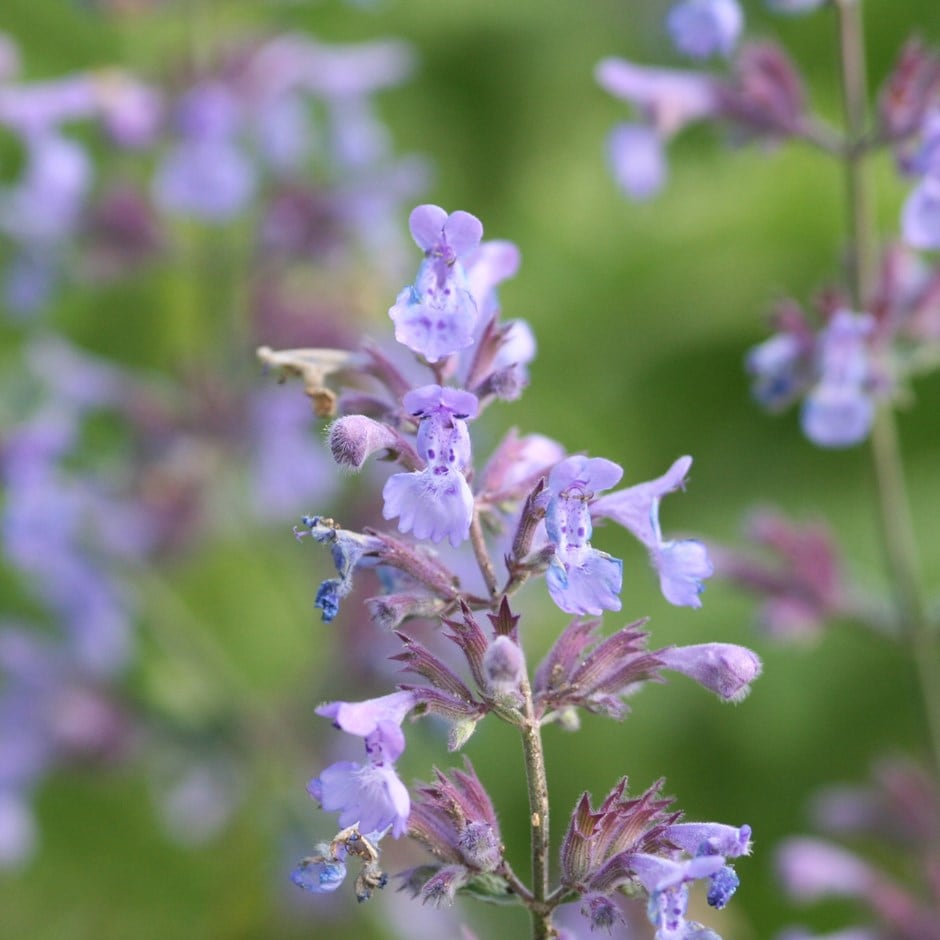
Buy catmint Nepeta × faassenii
Catnip is a perennial herb from the mint family Labiatae. The two herbs share many similar attributes that your cat recognizes and is drawn to. As you can see, it's entirely normal for cats to be drawn to mint. They love the smell, the taste, the texture, and everything in between. However, there is such a thing as too much mint.

Catmint Plant Tips For Care Of Catmint
Catmint ( Nepeta) is a genus of perennial herbs in the mint family that also includes catnip ( Nepeta cataria ). They are extremely easy-to-grow plants with few pests or problems. Nepeta has slightly aromatic gray-green foliage with a delicate, lacy appearance.
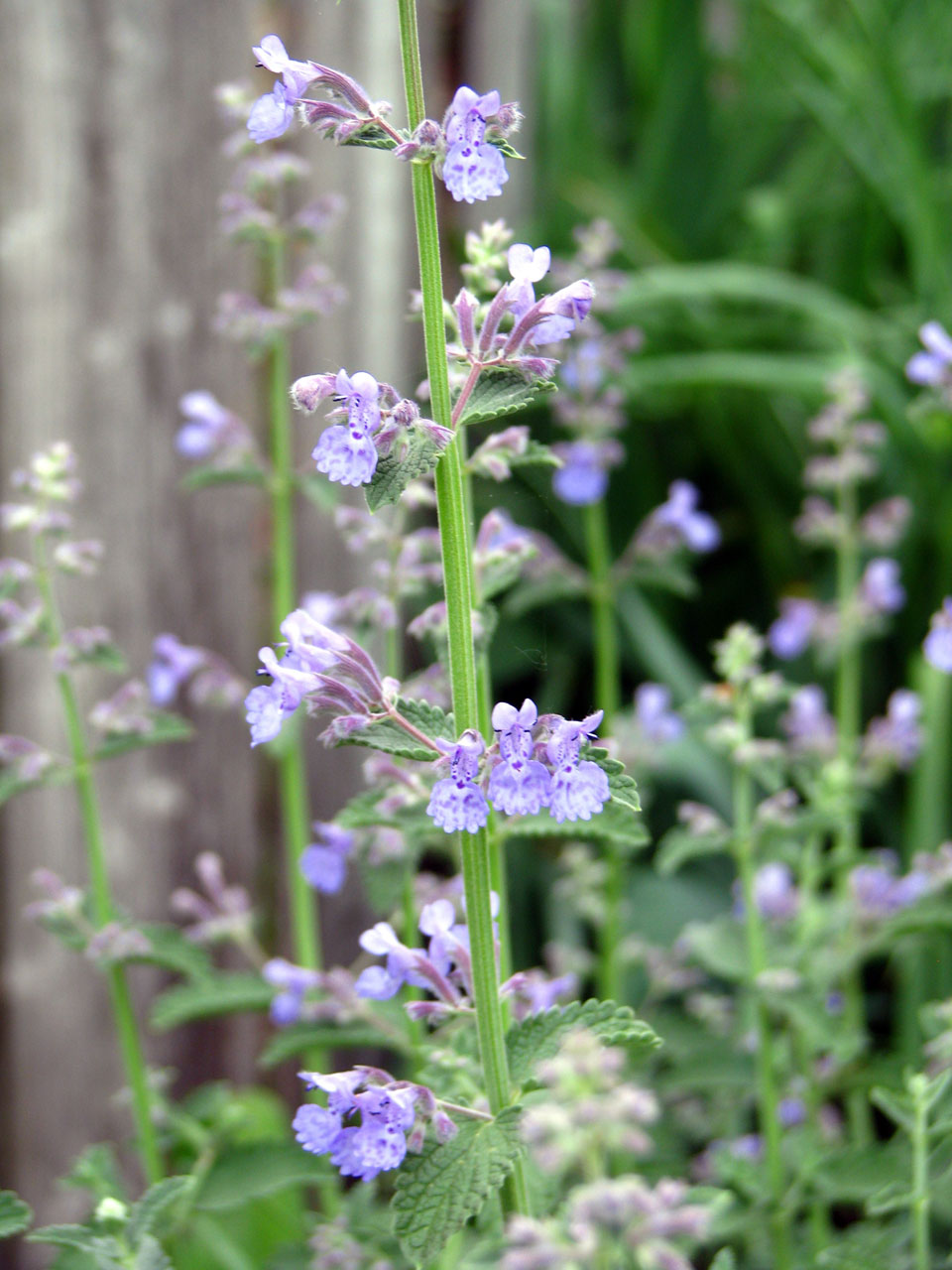
Cat Mint In Bloom Free Stock Photo Public Domain Pictures
By Mary Ellen Ellis last updated April 06, 2021 Cat lovers who also love to garden are likely to include cat-favorite plants in their beds, but it can get a little confusing. Especially tricky is catnip vs. catmint. All cat owners know their furry friends love the former, but what about catmint? Is it the same thing or a different plant cats enjoy?

Cat Mint...herbmedicinal and culinary. Garden projects, Hummingbird garden, Garden on a hill
BASICS Plant type: Herbaceous perennial Hardiness: Varies by species. Most are cold hardy to zone 3. Height: 9 inches to 3 feet Flower color: Various shades of lavender-blue, pink, violet, or white, often enhanced by darker calyces. Foliage: Fuzzy, aromatic gray-green to medium green leaves with scalloped edges. Light preference:
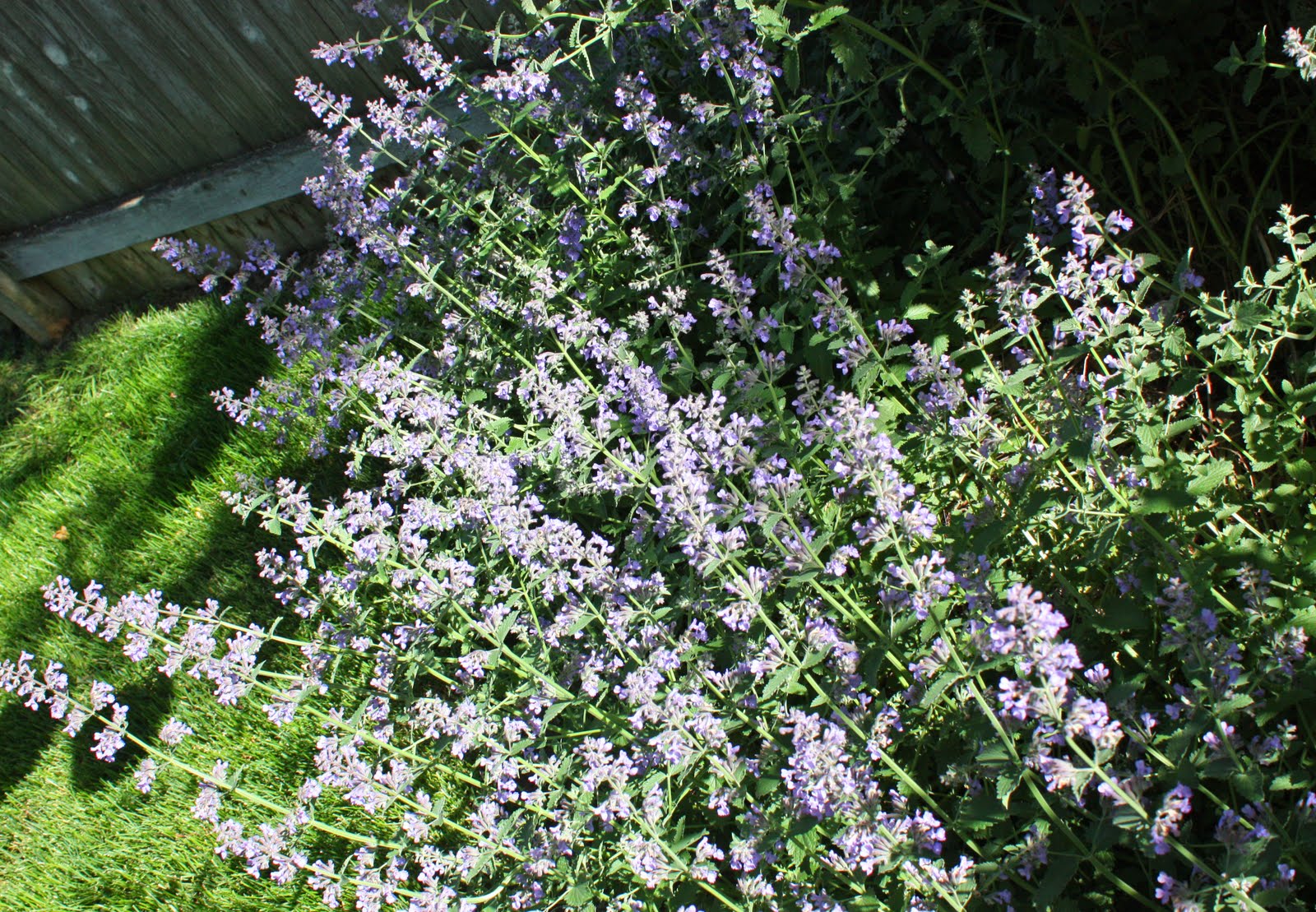
Boise Daily Photo Garden Shot Cat Mint
It's also considered a kind of kitty drug since it induces certain moods: It mellows and relaxes adult cats when ingested and stimulates energy when sniffed. Another common cat-attracting herb.

Dried Catnip/cat Mint Flower Bundle homegrown Organic Etsy
Health benefits of Catmint. Aside from relieving tension and improving sleep quality, this herb also offers other health benefits. Much like other herbal teas, catmint herbal tea can aid digestive problems such as upset stomachs, excessive gas, diarrhea, and nausea. It's also good for respiratory problems such as cold, cough, and chest.
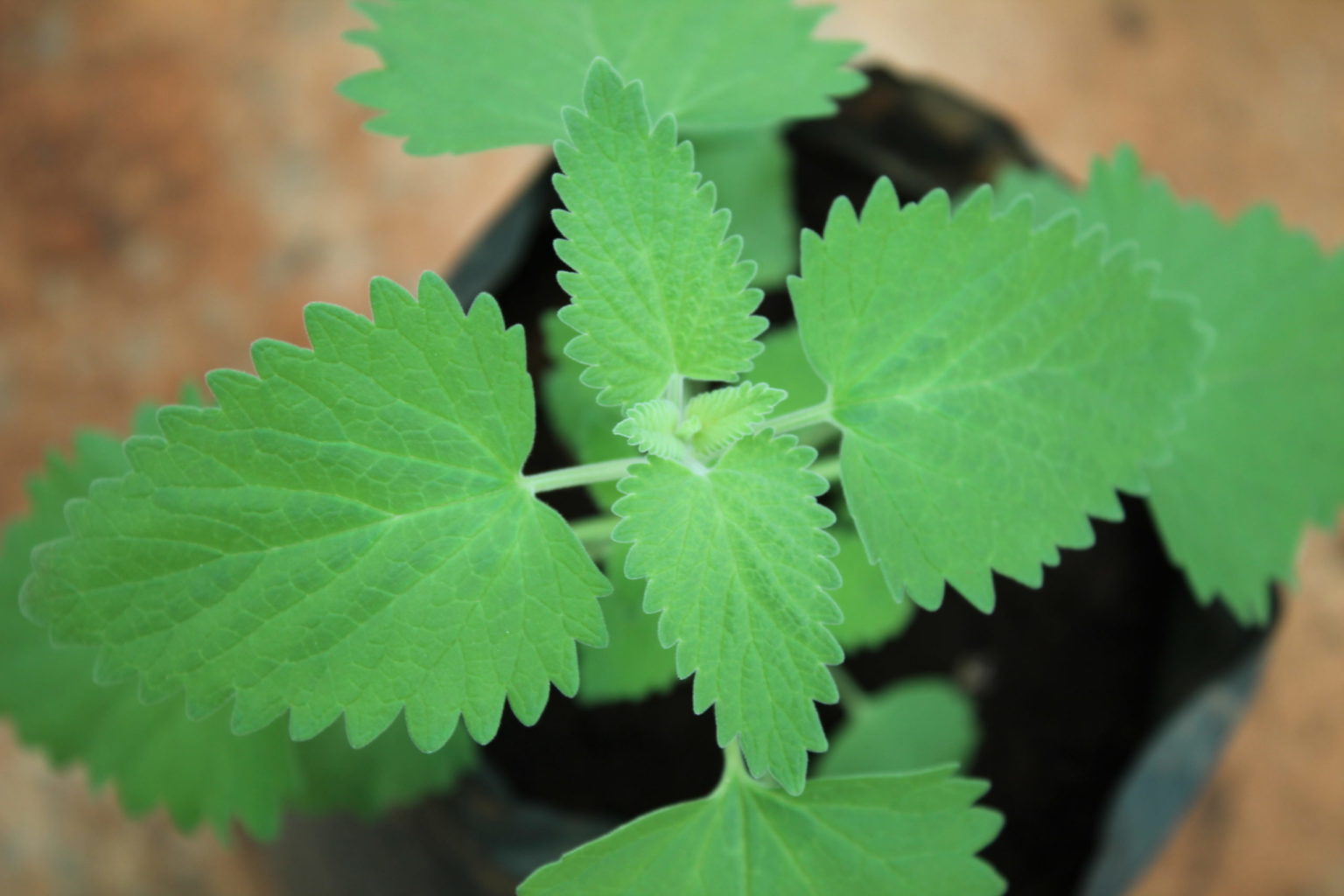
Cat Mint Hariyalee
Both catnip and catmint are types of mint that are safe to cats. Garden mint may cause gastrointestinal upset if too much is eaten. The essential oils specific to garden mint have also been known to relax the esophageal valve, making vomiting more likely in a cat who may already be ill.

Growing a Better Catmint Delhi Flower and Garden Center
Catnip and catmint both belong to the genus Nepeta in the mint family. They both have square stems that are typical features of mint plants. And they each produce spikes of tiny, two-lipped flowers that are a valuable food source for pollinators.
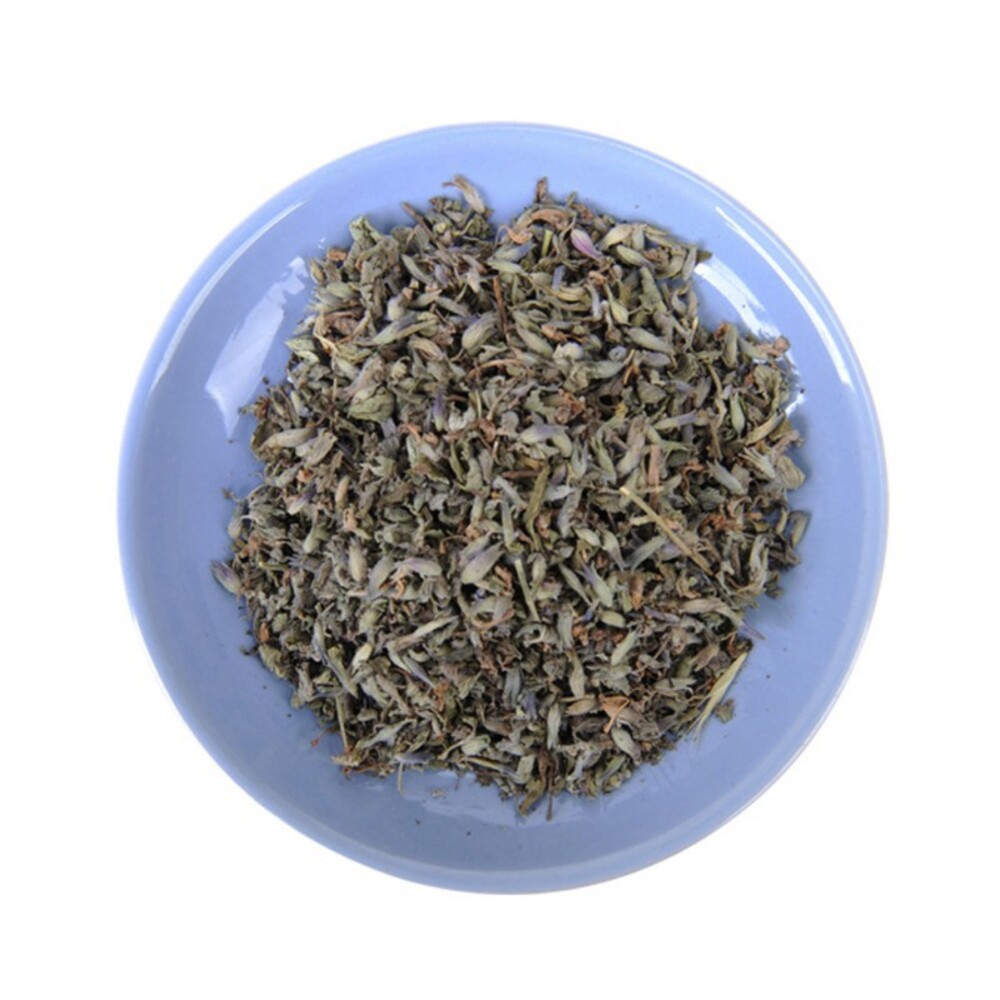
Pure Cat Mint
Catnip has a very special effect on almost all cats and even on their wild relatives - like lions and tigers. The plant seems to have a magical attraction for the animals. For most cats, catmint leads to a euphoric, hyperactive state. Some animals even become hyperactive on contact with catmint, rubbing themselves against the plant or even.

Catmint — A “MustHave” Perennial Piedmont Master Gardeners
While many sources claim that catmint, also known as catmint, is a harmless plant for cats to interact with, the American Society for the Prevention of Cruelty to Animals (ASPCA) lists catmint alongside garden mint in the list of plants that are toxic to cats.

Catmint — A “MustHave” Perennial Piedmont Master Gardeners
Nepeta cataria, commonly known as catnip, catswort, catwort, and catmint, is a species of the genus Nepeta in the family Lamiaceae, native to southern and eastern Europe, the Middle East, Central Asia, and parts of China.It is widely naturalized in northern Europe, New Zealand, and North America. The common name catmint can also refer to the genus as a whole.

How to Grow Catmint gardening catmint, growing catmint
Unlike catmint, catnip is often used as a remedy for fevers, colds, cramps, and migraines, and can be turned into catnip tea for cats or humans. Catmint vs catnip: Which one do cats want? (Image credit: Getty Images) You probably know the answer already.

Catmint
Can cats safely consume mint leaves or mint-flavored foods? Many people enjoy the refreshing taste and aroma of mint, and it is commonly used in a variety of foods, drinks, and even dental products. However, when it comes to cats, it is important to consider their unique dietary needs and sensitivities.
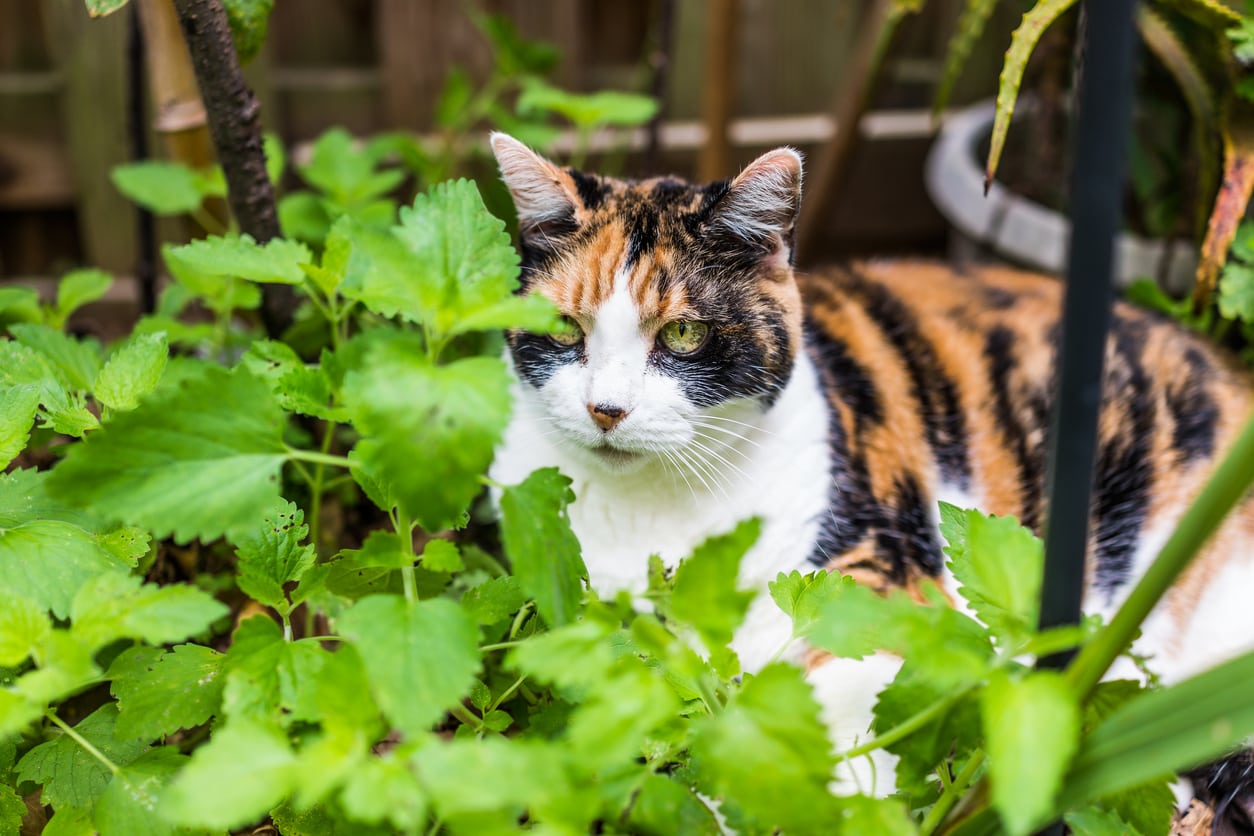
Catnip Vs. Catmint Learn The Difference Between Catmint And Catnip Plants
Cats and mint: two things that generally don't fall into the same conversation unless you've noticed your feline friend nibbling on a mint plant. Chances are you've read somewhere that mint is toxic for cats, and now you're worried that your kitty has been munching on a ticking time bomb. Fortunately, there's no need to

Catmint An Herb For Cats And Humans
Imagine the delightful sight of a playful kitten, gracefully prancing through a lush garden. The sun casts a warm glow as it bounds towards a cluster of aromatic herbs. Amongst the fragrant foliage lies a sprig of fresh mint, tempting and inviting. But wait! Could something as innocuous as mint be harmful to our feline friends? Curiosity piqued, we delve into the intriguing question: can cats.
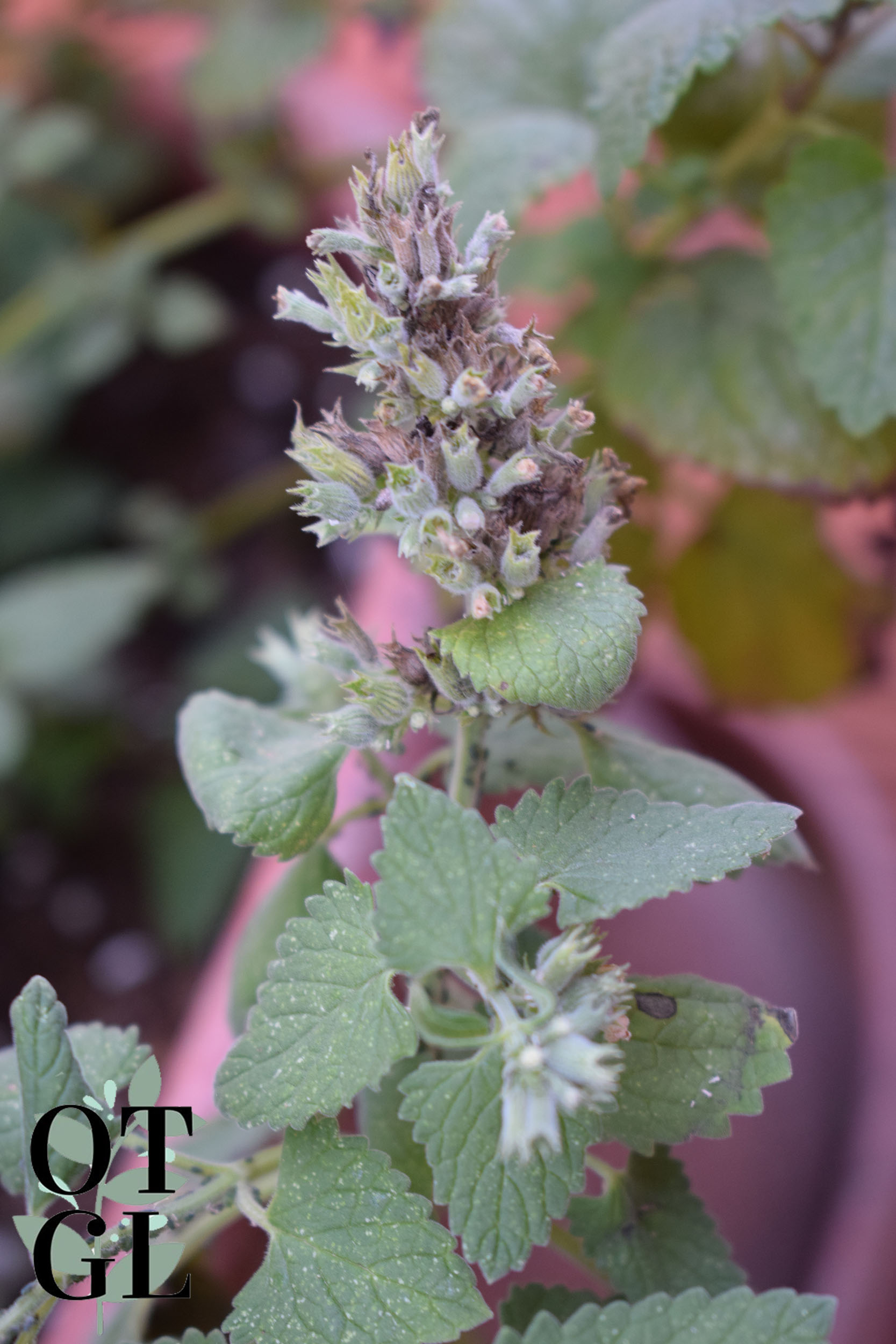
How to Grow Cat Mint Own That Garden Life
Catmint, also known as Nepeta, is a flowering plant that belongs to the mint family Lamiaceae. It is commonly found in Europe, Asia, and Africa and is known for its attractive blue-purple flowers and its minty scent.. Catmint contains a chemical compound (nepetalactone) that can have a stimulating effect on cats. When cats smell or ingest.